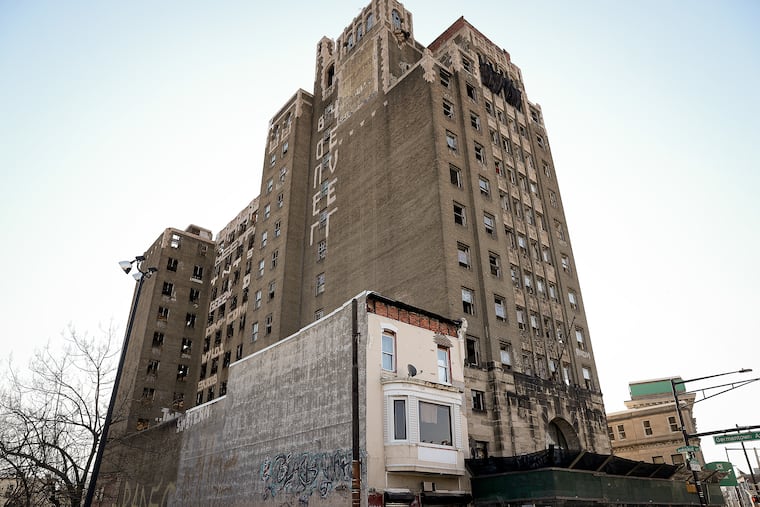Pennsylvania’s historic preservation incentive received a huge boost this summer
The legislature gave a boost to developers of historic buildings in Pennsylvania by increasing the annual size of the state's historic tax credit from $5 million to $20 million.

In a summer filled with explosive political news, even the most assiduous media consumer may have missed the Pennsylvania legislature increasing the value of the state’s historic tax credit.
This policy is meant to provide resources to developers to renovate buildings listed on the National Register of Historic Places, but its popularity has been limited by its small size.
Pennsylvania’s historic tax credit program has been capped at $5 million since 2019, with a $500,000 limit per project (although few get the full amount). When the new Pennsylvania budget was passed in July, that amount rose to $20 million.
“It’s really going to help anti-blight efforts in urban areas where more historic properties tend to be located,” said Ken Weinstein, CEO of Philly Office Retail, which he estimates has made more use of the tax credits than any other developer. “I really like the potential impact of this increase … $20 million does start to move the needle.”
The 12-year-old program allows developers working on the renovation of historic buildings to apply for a credit against their state income tax once the project is completed.
Its hugely successful national counterpart is a driver of many adaptive reuse projects, but small state programs like Pennsylvania’s have usually been an afterthought — especially for those engaged in larger projects.
The stalled redevelopment of the Beury building in North Philadelphia, for example, won state historic tax credits. But a few hundred thousand dollars did not make a huge difference on the $70 million conversion of the vacant structure into a hotel.
“Part of the reason we haven’t been able to get that project [the Beury redevelopment] off the ground is because the size of the award was so small,” Nancy Gephart, principal with Shift Capital, said in a July interview.
The original proposal from State Sens. Nikil Saval (D., Phila.) and Frank Farry (R., Bucks) would have boosted the historic tax credit’s ceiling to $50 million a year. That would have shot Pennsylvania out of the lower ranks of state programs, although some jurisdictions — like New York and West Virginia — place no limit on their state historic tax credits.
There is still a $500,000 cap per project, so for major projects, the revised $20 million historic tax credit program still won’t make a huge difference. But for smaller developments, typified by apartment or retail projects in less affluent areas, the bolstered program will be a boon.
“If you’re doing a $20 million adaptive reuse project, $250,000 is not going to make a difference,” Weinstein said. “But if you’re doing something smaller, that’s a major game changer.”
Paul Steinke of the Preservation Alliance in Philadelphia, a key advocate for the program, says that his group and their allies will lobby to increase the per project cap this fall.
Even in its previous, far more limited form, many developers applied for it anyway after going for the national tax credit program. The federal policy has a much more onerous application process, which can cost up to $20,000 to apply, according to Weinstein. Applying to Pennsylvania’s, however, costs only $500.
When Lindsey Scannapieco was redeveloping the old Bok public school building into a hugely successful warren of offices, studios, and makerspaces, she successfully secured both national and state historic tax credits.
Now as her company, Scout, works on adaptive reuse projects in other states, Scannapieco says she sees that more capacious state tax credit programs can be a real boon.
“We couldn’t have done Bok without federal historic tax credits, and the state credits were a nice addition,” Scannapieco said. But this new change will allow more people to access them and allows us to compete with other states that have had stronger state tax credit programs.”